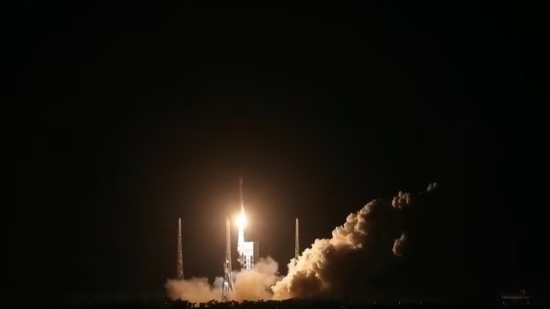China has achieved a major milestone in its space ambitions with the successful launch of its first commercial rocket, the Long March-12 Y1, on November 30, 2024. The mission lifted off from the new Wenchang Commercial Space Launch Site on Hainan Island, signaling China’s push to expand its role in the global space market.
The Long March-12 Y1 was developed by the Shanghai Academy of Spaceflight Technology. Standing 62 meters tall and 3.8 meters in diameter, it is the first Chinese rocket of this width, allowing it to carry about 30% more fuel than earlier designs. The two-stage vehicle can deliver payloads of up to 12,000 kilograms into low Earth orbit and 6,000 kilograms into sun-synchronous orbit.
The rocket carried two experimental payloads into orbit: the Satellite Internet Technology Test Satellite and the Technology Test Satellite-3. While details of the satellites remain undisclosed, their successful deployment confirmed the rocket’s capability.
China’s commercial launch effort comes at a time when global competition in space is intensifying. The state-run China National Space Administration has already achieved milestones such as a lunar sample return and a landing on the far side of the Moon. However, the country’s private sector lags far behind rivals such as SpaceX, which completed about 100 launches in 2023 alone.
China plans roughly 70 Long March launches and 30 additional missions from commercial providers in 2024. The country continues to face challenges including limited launch pad access and the absence of reusable rockets, which have helped SpaceX dominate the market. Still, the Long March-12 Y1’s successful debut highlights China’s determination to build a stronger commercial presence in orbit.
Analysts say the expansion of commercial launch capabilities could play a key role in future space exploration, satellite internet projects, and international partnerships as China positions itself to compete in the rapidly growing space economy.

